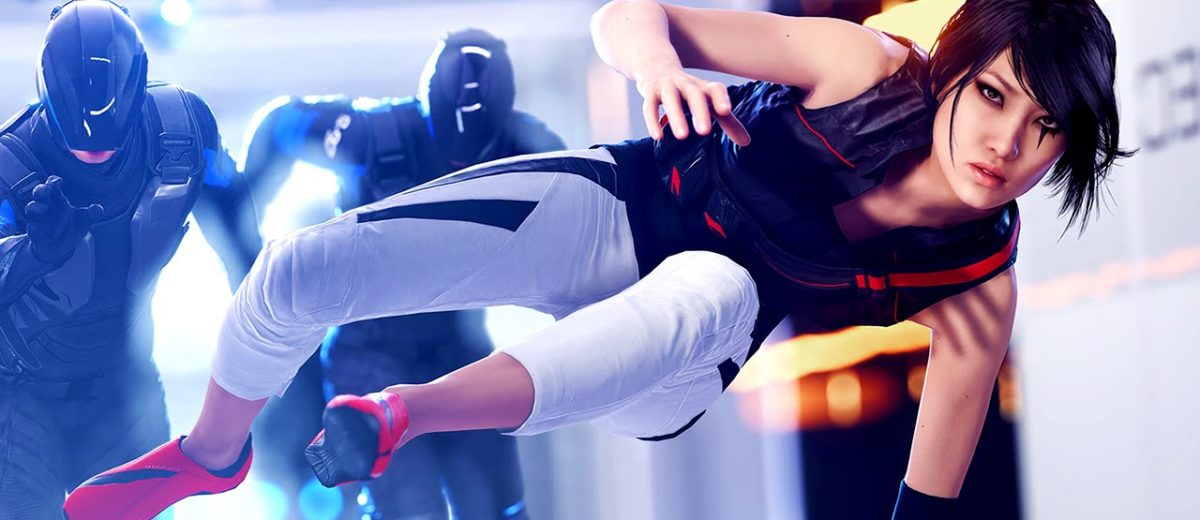EA’s global publishing boss Laura Miele states that Mirror’s Edge Catalyst is “definitely meeting our expectations”.
In an interview with gameindustry.biz, Miele gushes about indie-centric development program EA Originals, stating that “I really, genuinely, believe that games are the highest form of entertainment. It’s an incredibly fascinating, artful, complicated process to develop a game”. She speaks at length about how happy she is with the program, and for EA’s ability so support indies on a large scale. What’s not said is that, while we all assume EA has the budget for anything, the truth is that giving high-risk art games a big push isn’t always possible to sell to a shareholders meeting.
With this in mind, she moves on to discuss Mirror’s Edge Catalyst. She describes it as “a creative risk … we revisited old IP but we really freshened it up. So we really saw that as a character-based action game for us that we stayed with.” Although not indie, Catalyst comes as the prequel/reboot to a sleeper hit that made less than 60% of its total sales in its first 12 weeks, where most games sell over 80%.
That said, while Catalyst couldn’t beat out the competition (read: Overwatch), it debuted at 2nd in sales in the U.K. As Miele says: “[Mirror’s Edge Catalyst is] definitely meeting our expectations … It’s a big open world game, so we made a lot of evolution from the original experience and we’re very proud of that. I also think that Mirror’s Edge as a game IP – we talked earlier about the EA Originals, about having creative content, having a first person action game, having Faith and her story and character as a mix in the industry, is important for us.”
Reviews for the game were mixed; on one hand, the parkour was lauded as pure joy, and the melee combat-only was seen as a definite improvement on the series. On the other hand, making the game open world lead to some tedium, and one-off speed missions tended to be gimmicky. In particular, the grappling hook was seen as game-breaking by some; the sheer verticality of some sections (especially when compared to Mirror’s Edge) meant that those missions were often simply hooking an unmarked grappling point and zipping to the top. For instance, one mission that expected a player to beat it in around 40 seconds had an online leaderboard time of about 10.
It is clear, however, that EA (or at least, the game-centric parts of EA) are happy for the existence of ambitious games like Mirror’s Edge Catalyst– and proud of them. It represents a marked growth for the series, and although it has several missteps, its core is there, and it’s selling well enough. The Mirror’s Edge IP has an uncertain future, but then, no one expected a sequel to the first game, either.


